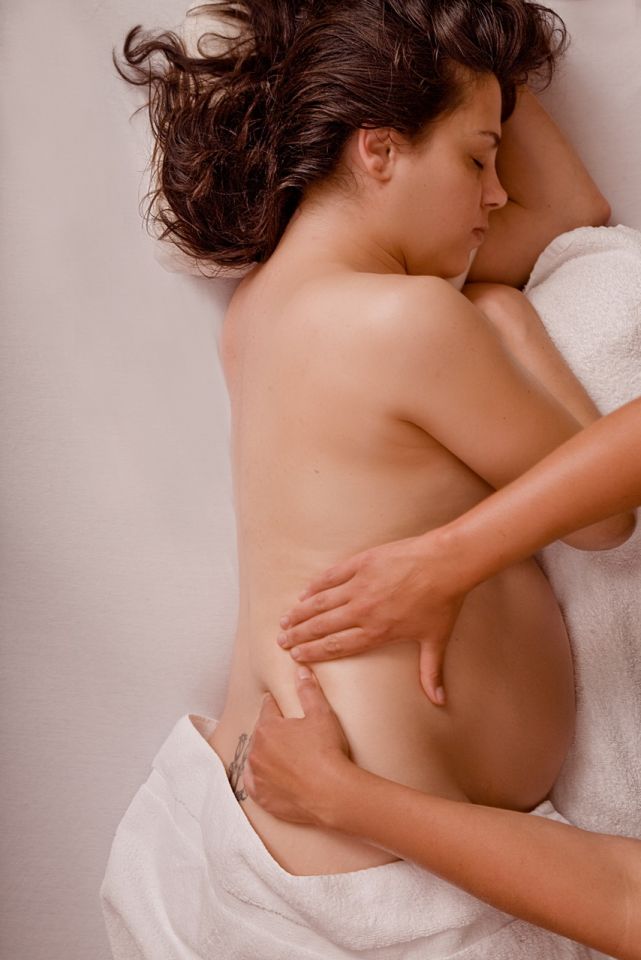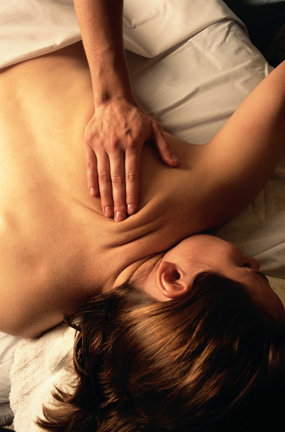KNEADFUL THING massage
Massage therapy refers to a comprehensive health management strategy focusing on the application of various techniques to positively affect the soft tissues and joints of the body.
Massage techniques most commonly include pressure and compression, kneading, frictioning, and mobilizing to improve the health and condition of the muscles, tendons, skin, fascia or connective tissue of the body. The following are some of specific treatment techniques that I use.
SCAR TISSUE
Scar tissue is the fibrous connective tissue the body will lay down to help strengthen damaged skin, muscles or organs. If you have ever had an injury and then healed, you have scar tissue.
It is not the scar itself that is the problem. The body, in hopes to help strengthen the injured area will attach the connective tissue to everything around it until it can no longer move freely. It is these adhesions to the surrounding area that limit range of motion, circulation and sensation after an injury.
Scars are not as strong and stable as healthy body tissue. Massage Therapists are trained with specific techniques to help re-align scar tissue, reducing the appearance, increase use and function of tissue and reduce aches and pains from surrounding tissue.
PRENATAL MASSAGE
 Prenatal massage is one of the most popular ways to increase levels of well-being. Pregnancy can be a very stressful and emotional time for a mother-to-be. Many physical factors can contribute to pain or discomfort that massage therapy can treat directly.
Prenatal massage is one of the most popular ways to increase levels of well-being. Pregnancy can be a very stressful and emotional time for a mother-to-be. Many physical factors can contribute to pain or discomfort that massage therapy can treat directly.
- provide relief from muscle strains, aches and pains, spasms and cramps
- reduces edema and blood pressure, promoting better blood circulation
- actively aids in reducing fluid retention and swelling in the hands and feet
- creates a positive environment of relaxation and soothing stress relief
Treatment plans are custom designed to fit your needs. How you are positioned, what is treated and draping of linens are all discussed before treatment.
MYOFASCIAL RELEASE

TRIGGER POINT THERAPY
 Trigger Point therapy involves applying pressure to tender muscle tissue in order to relieve pain and dysfunction in other parts of the body.
Trigger Point therapy involves applying pressure to tender muscle tissue in order to relieve pain and dysfunction in other parts of the body.